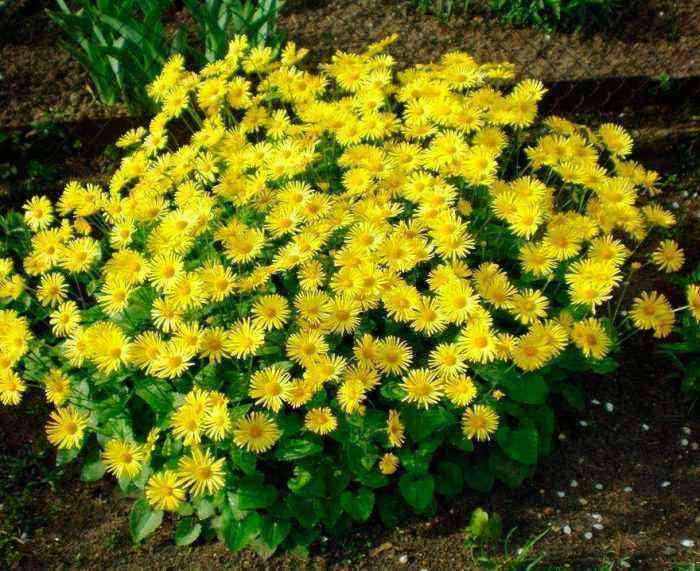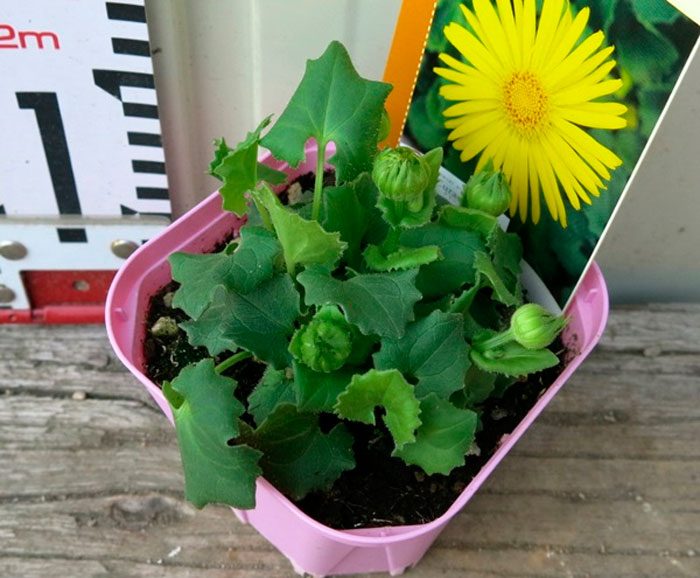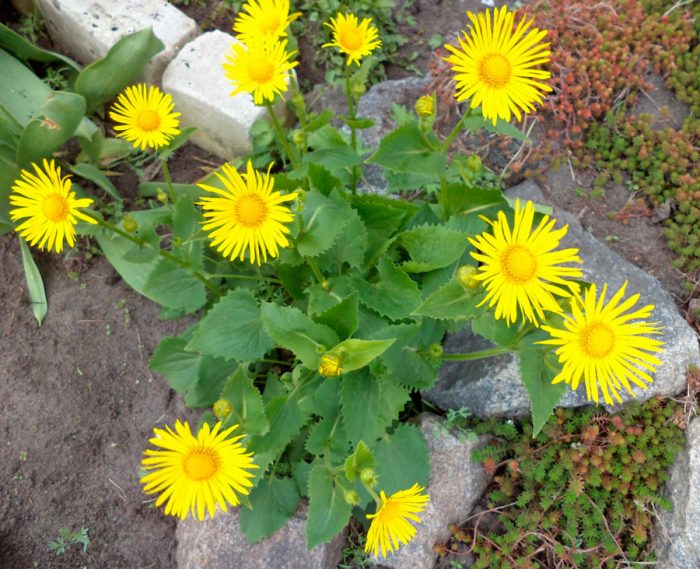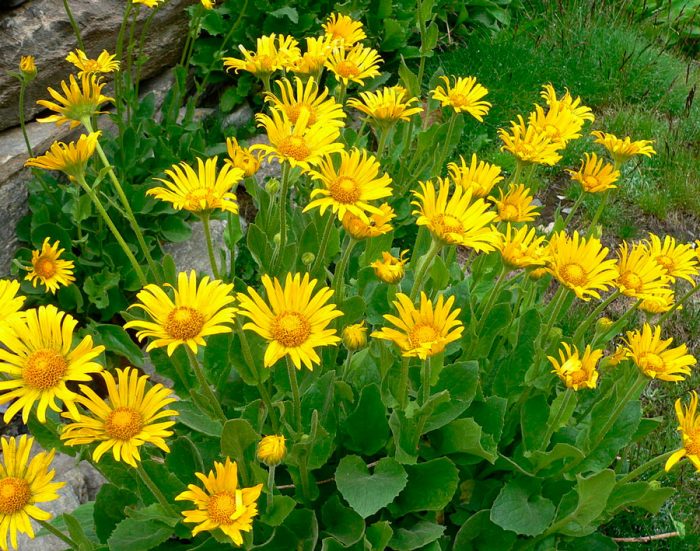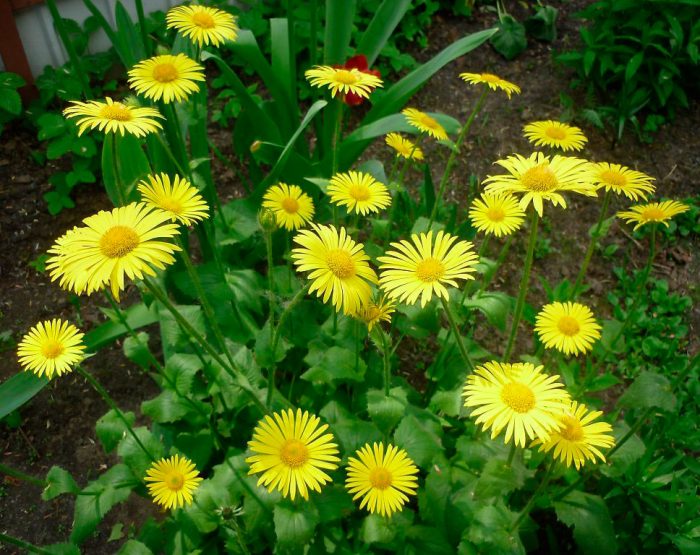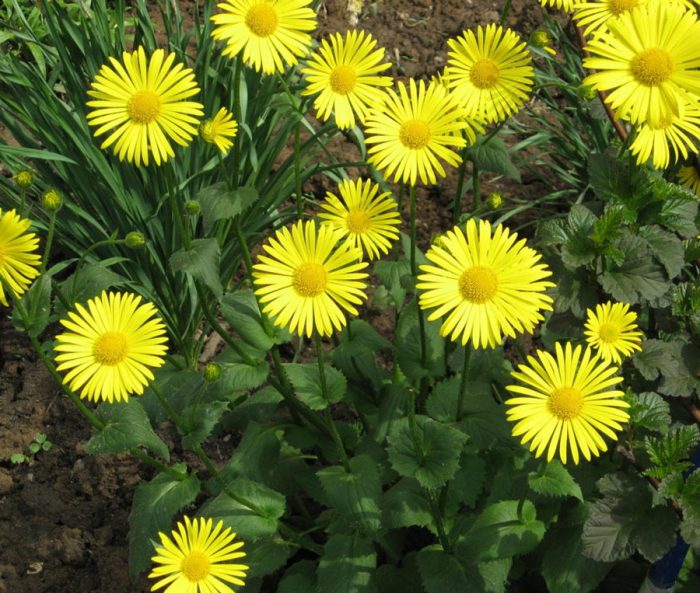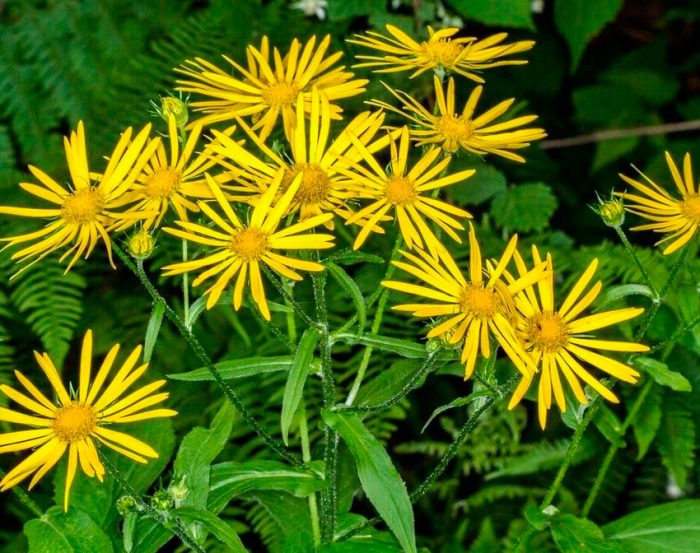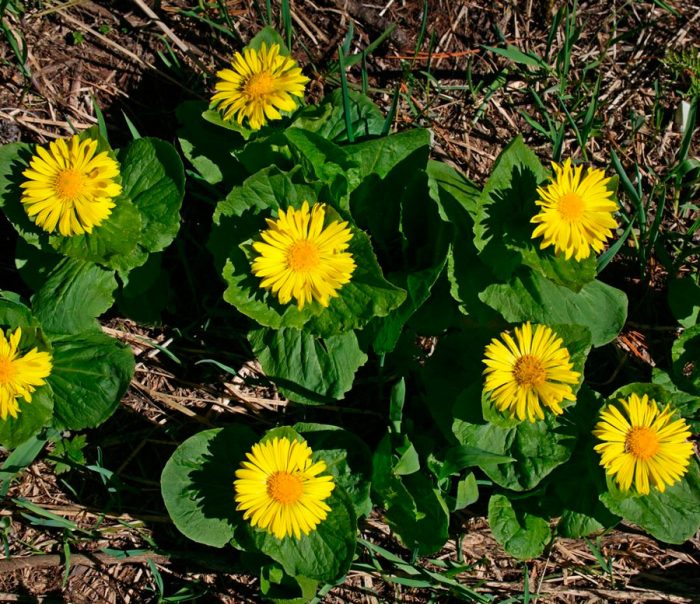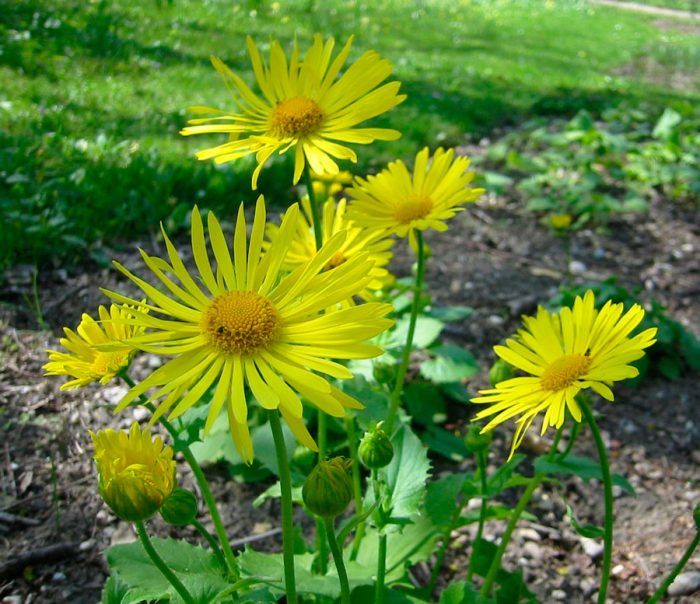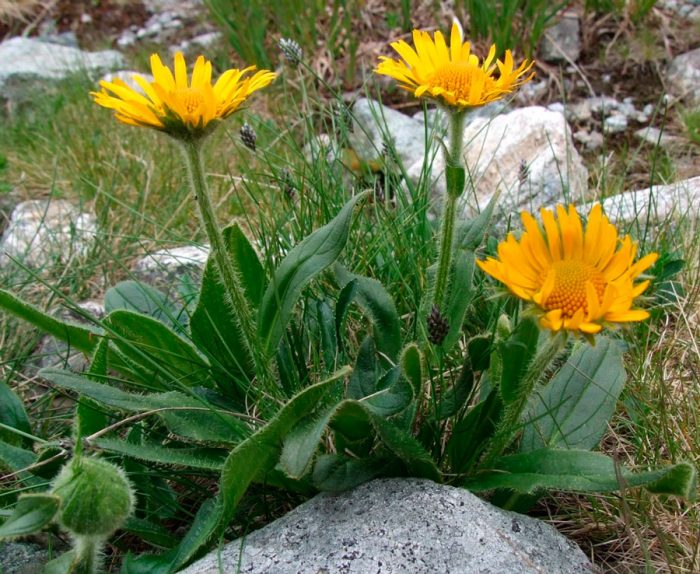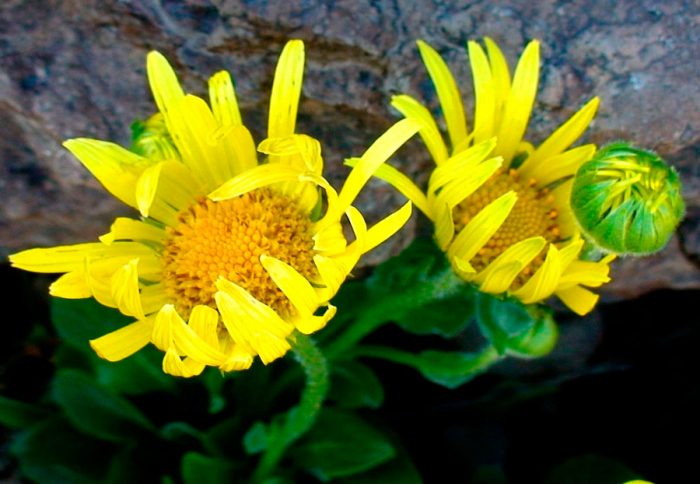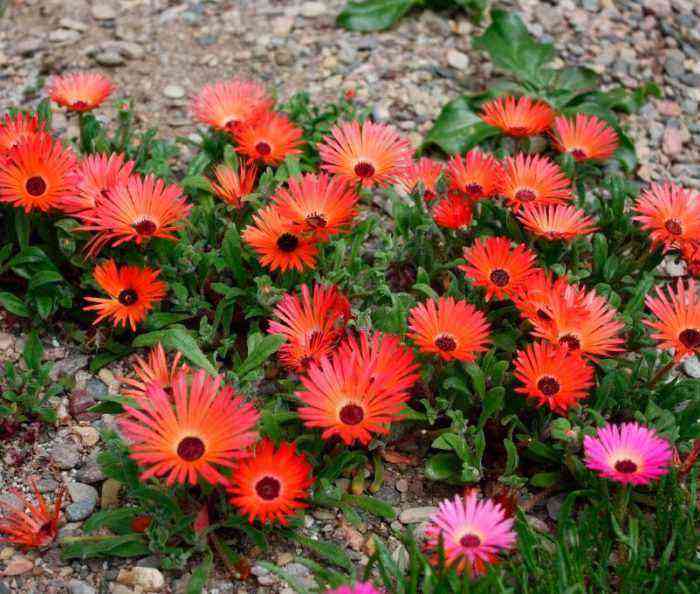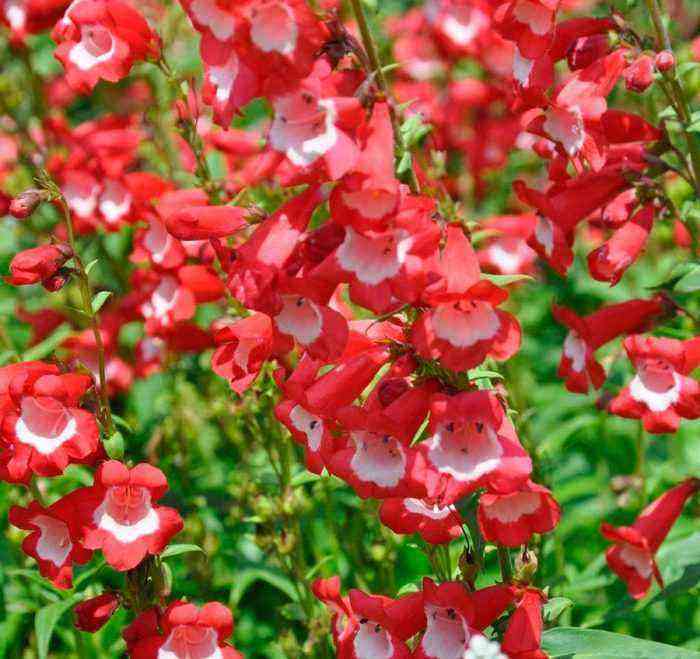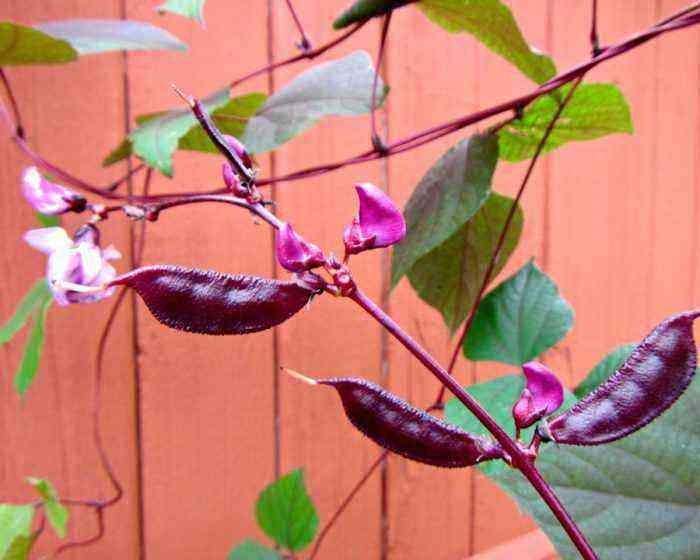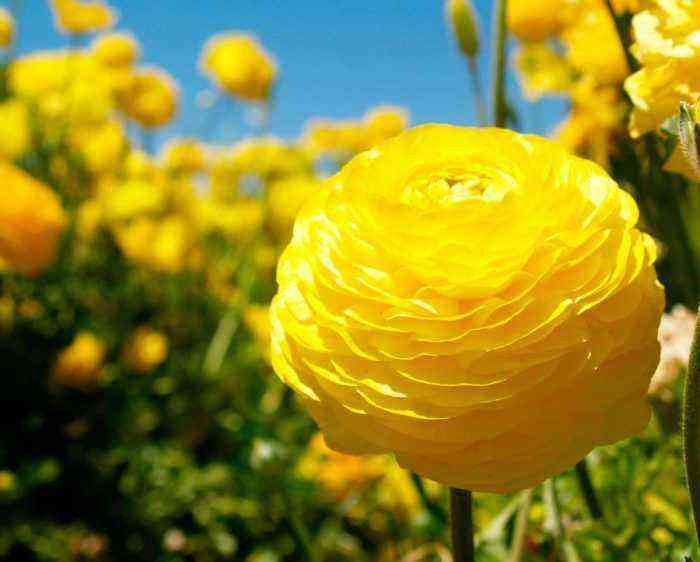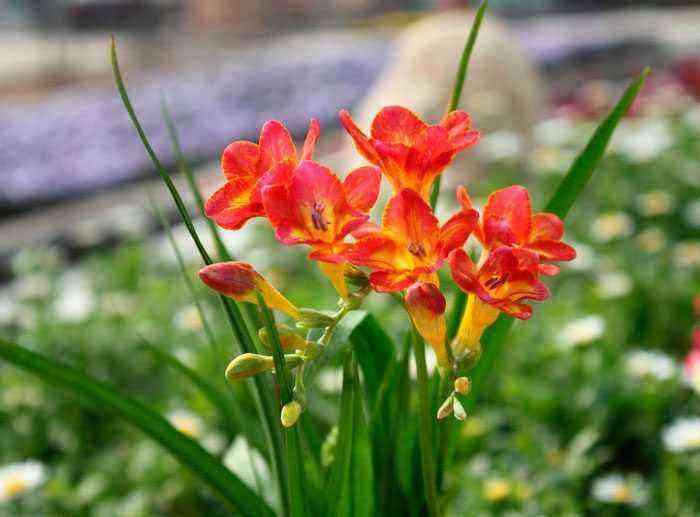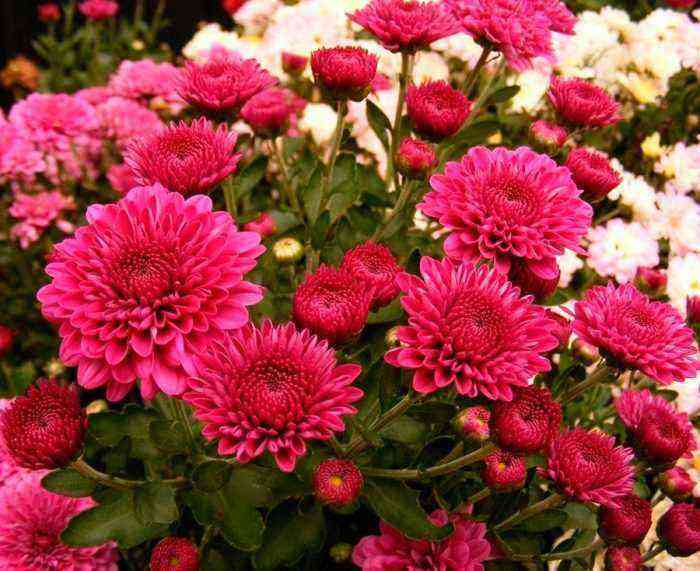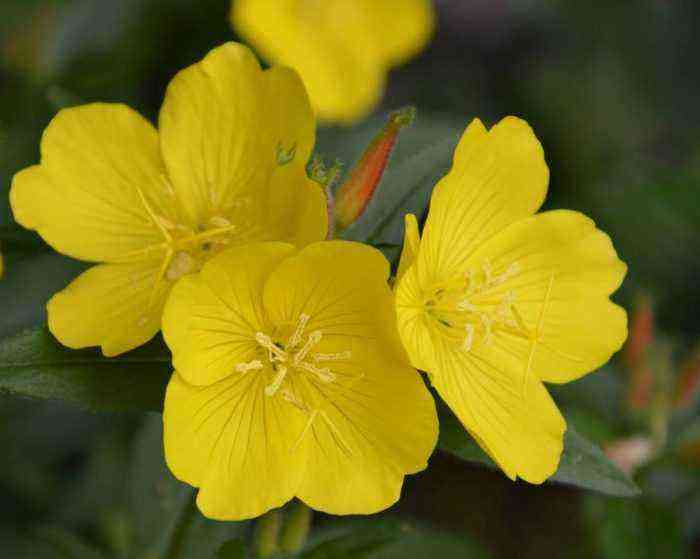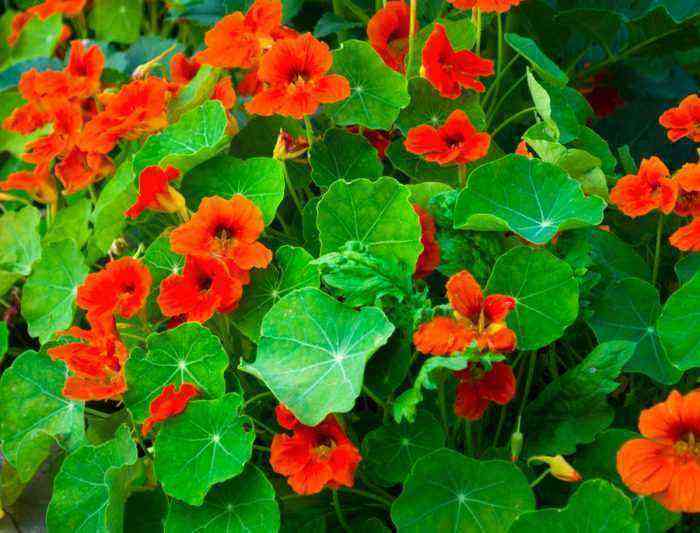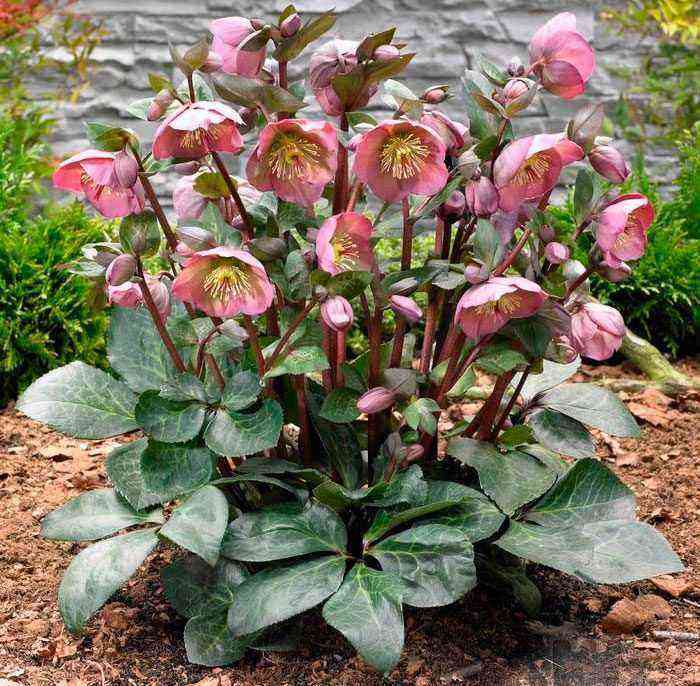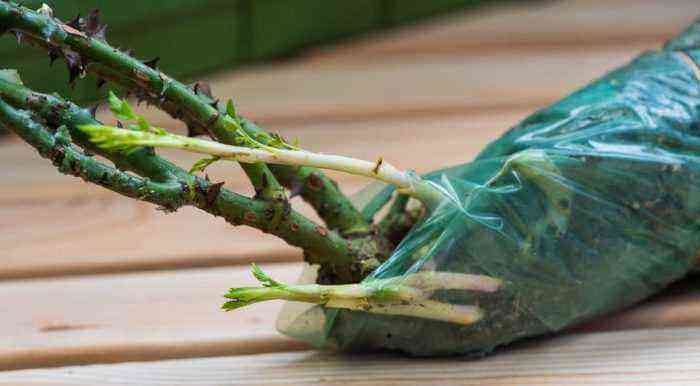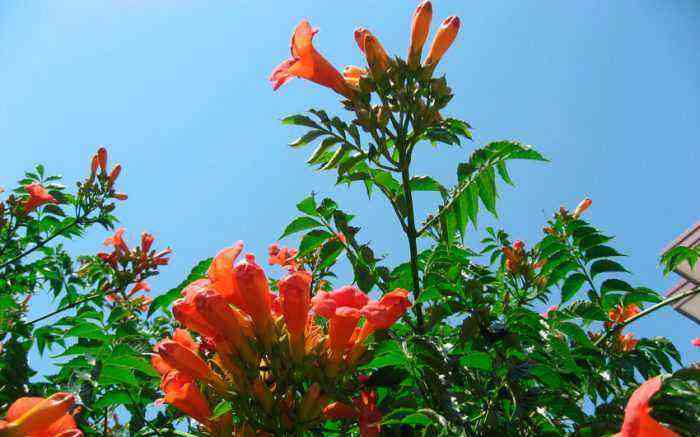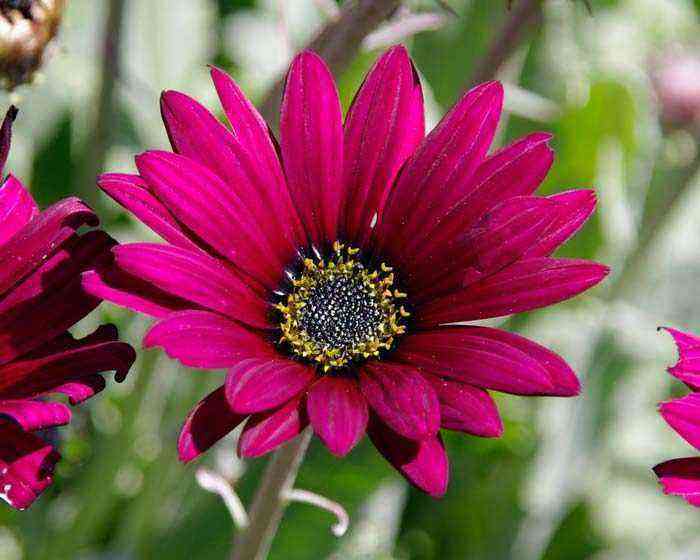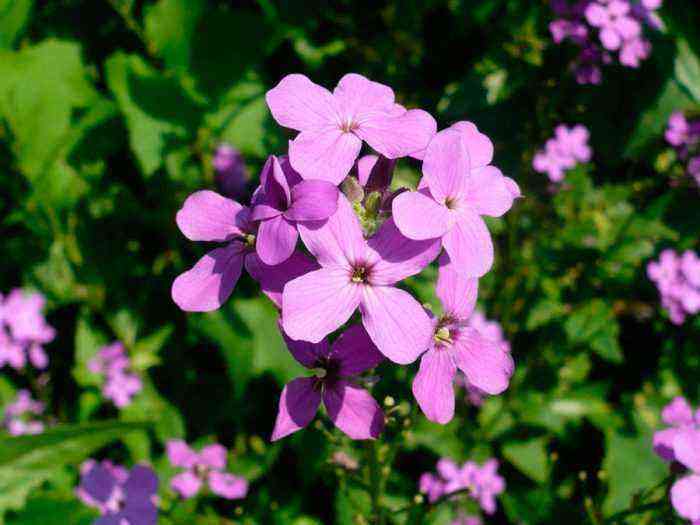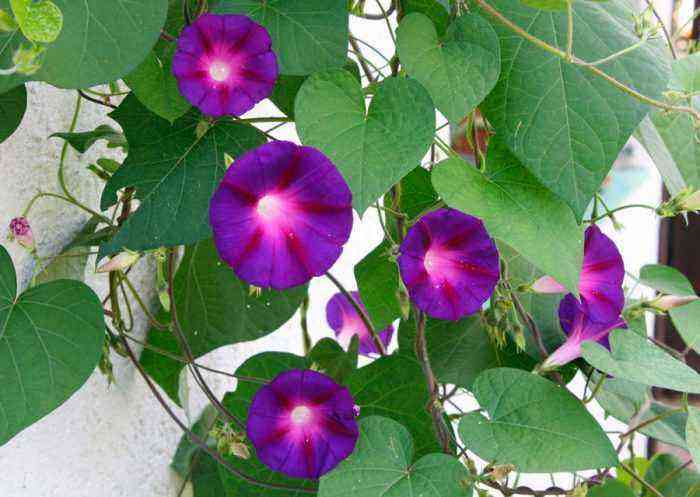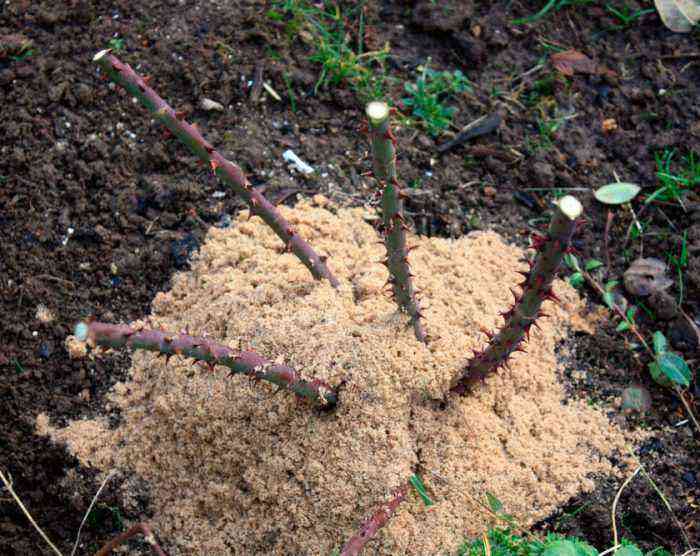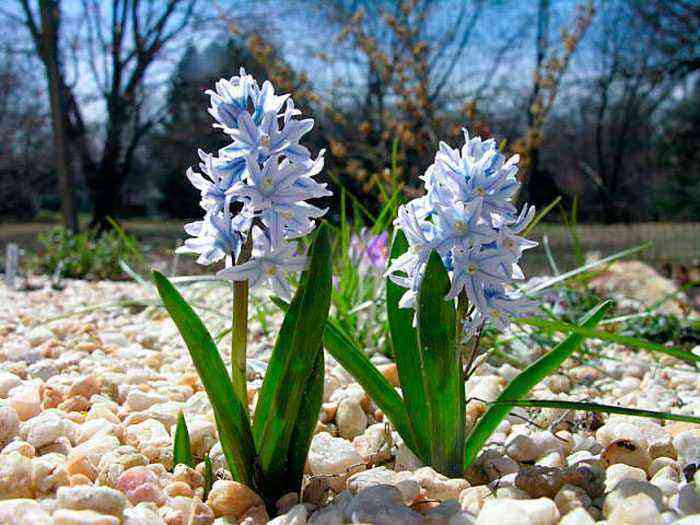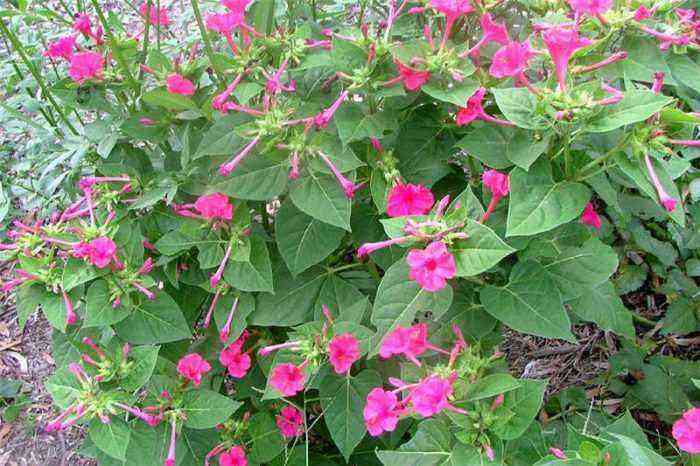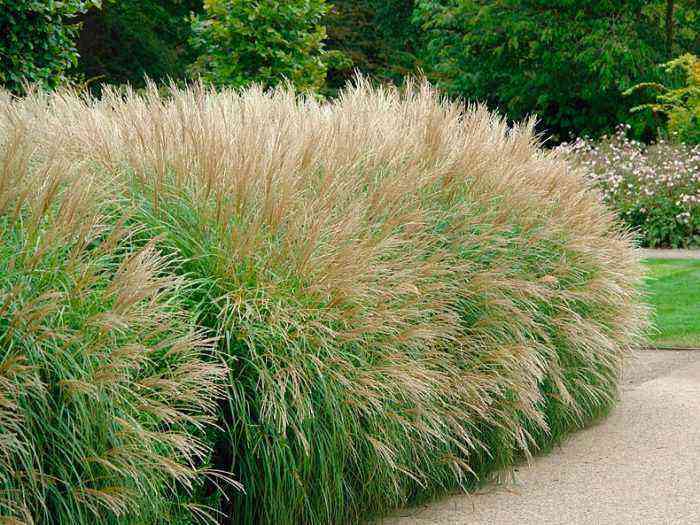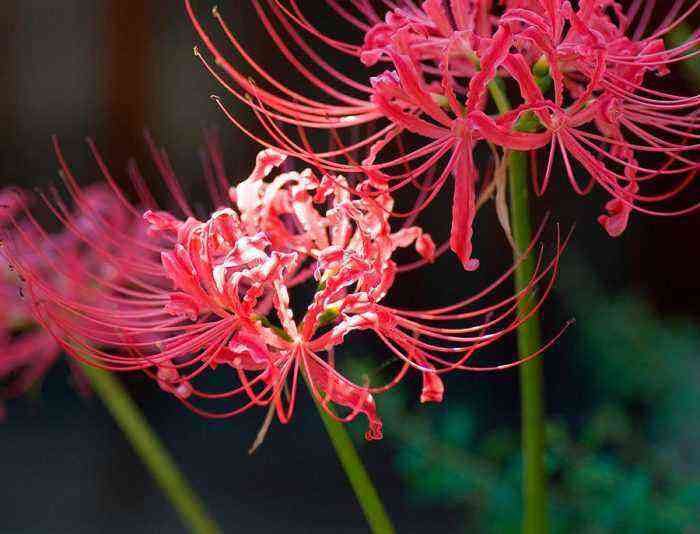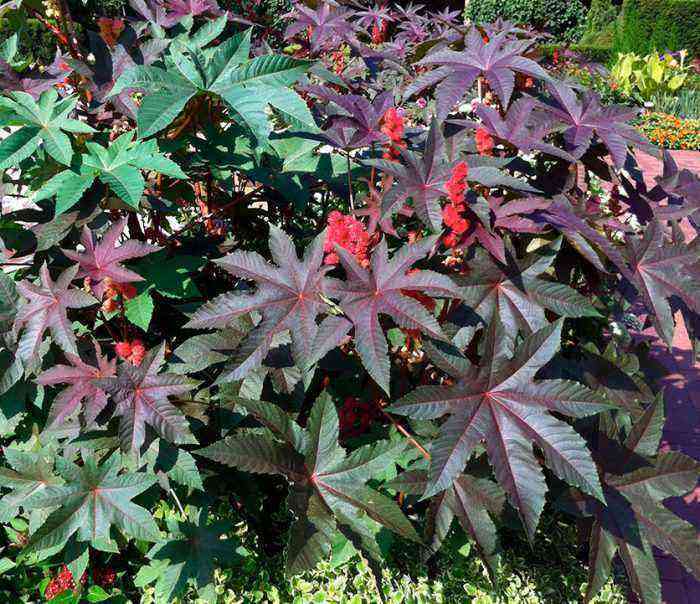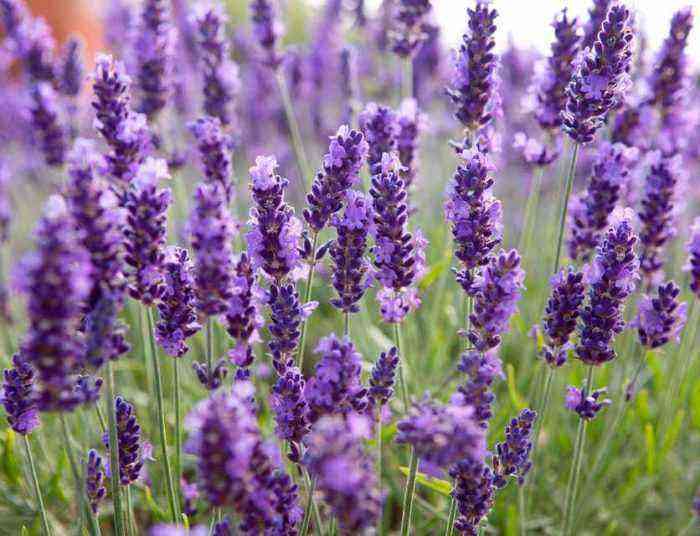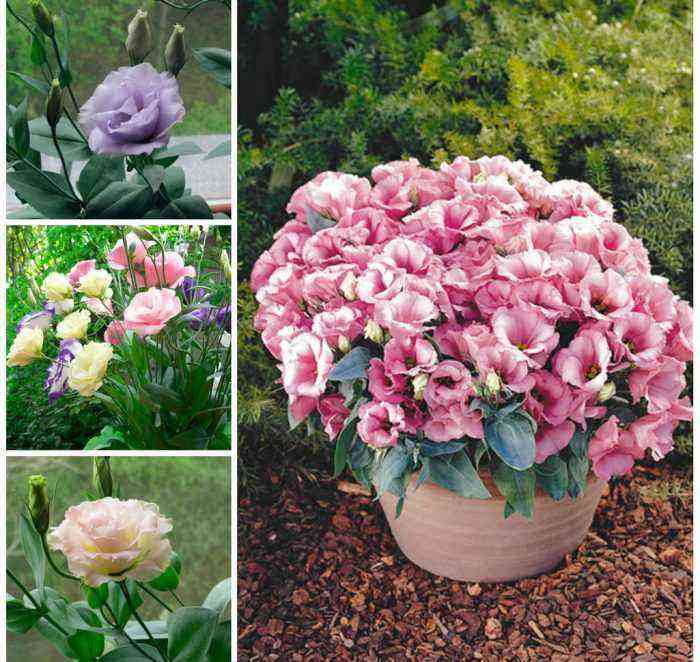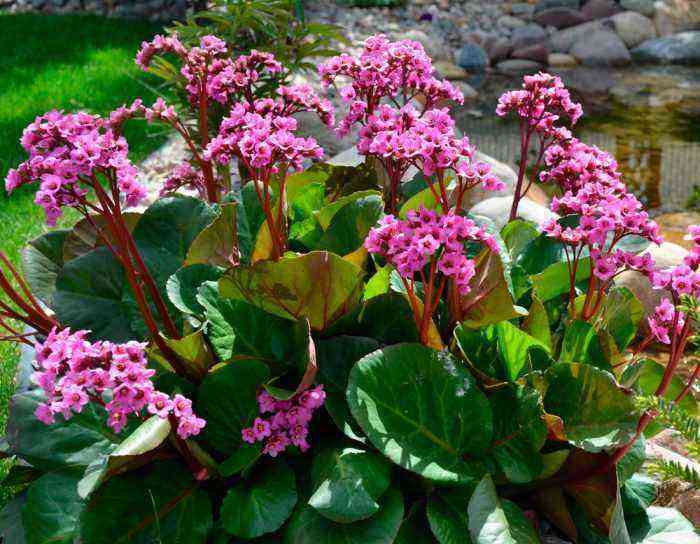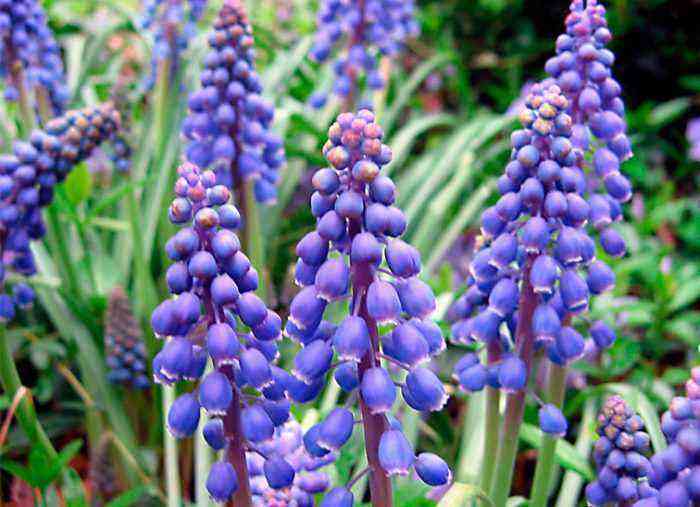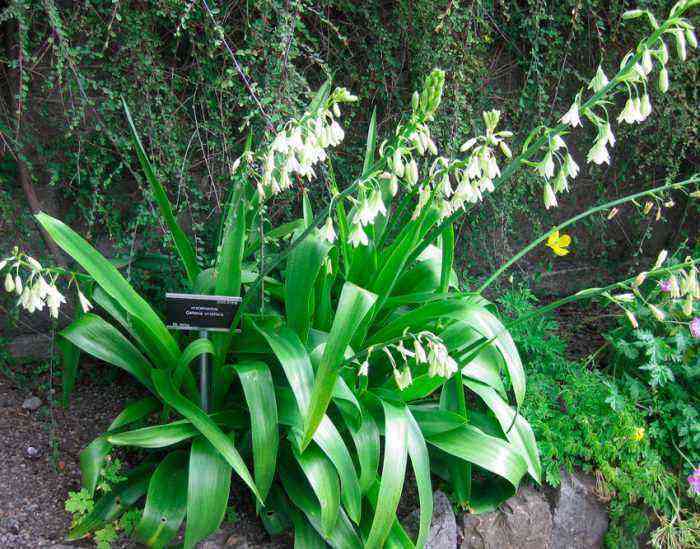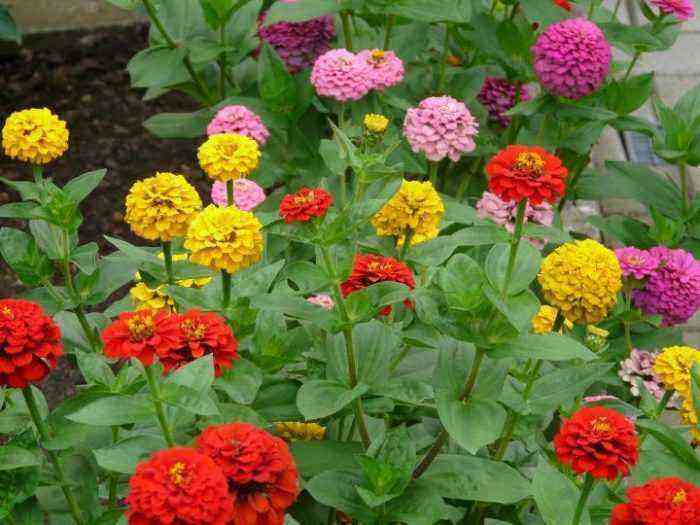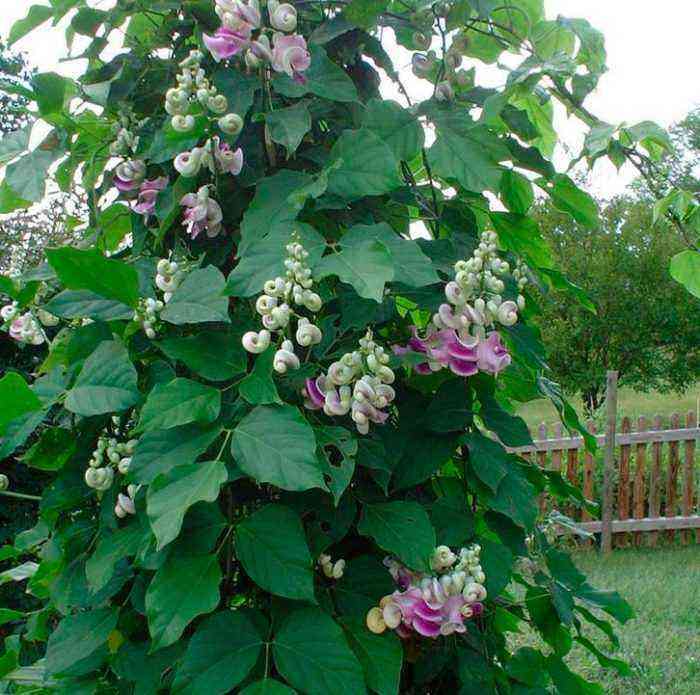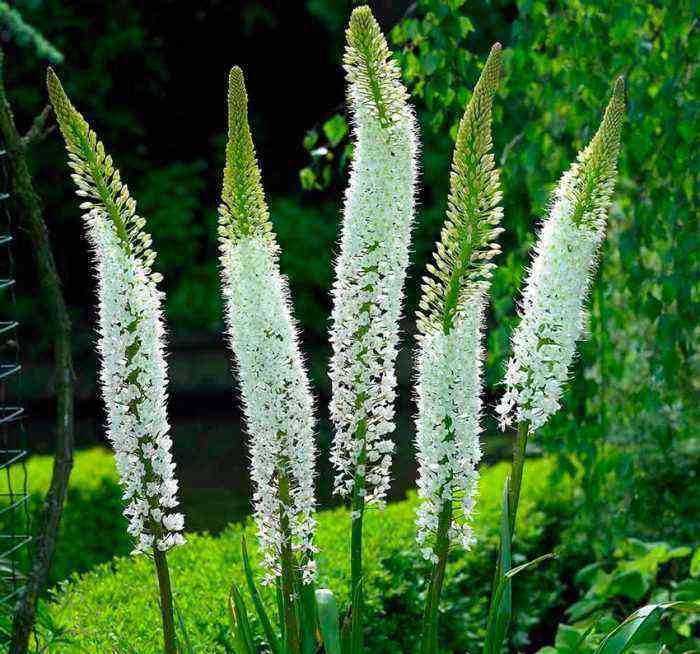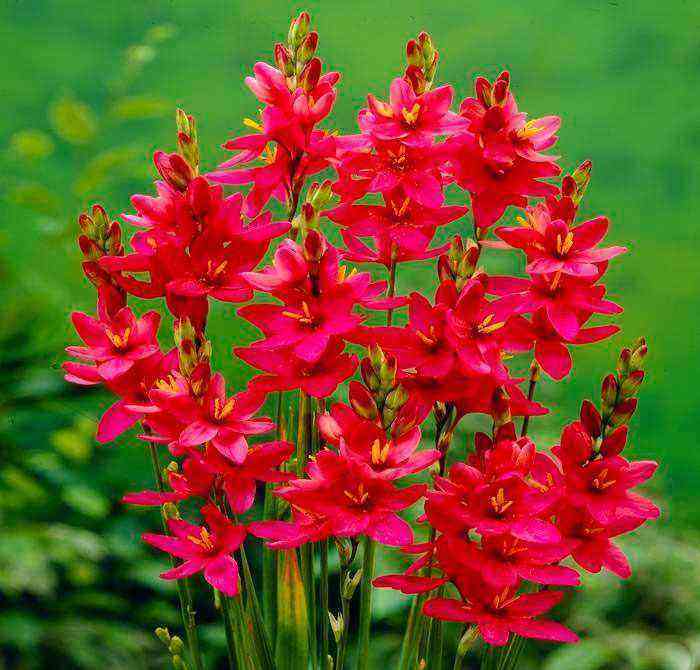The flowering plant Doronicum, also called the goat, is a member of the Asteraceae family. In nature, it is found in the mountains of Eurasia at an altitude of 3,5 thousand meters above sea level, as well as in regions with a temperate climate. Doronicum is also found in North Africa, but only 1 species. According to information taken from various sources, this genus unites 40–70 species. The scientific name of such a flower comes from the Arabic name for an unknown poisonous plant. They began to cultivate it in the 16th century, and it very quickly became popular among gardeners due to its undemanding care and attractive appearance.
Features of doronicum
Doronicum is a herbaceous perennial plant with alternate stem-enclosing basal leaf plates. The shape of the inflorescence baskets is hemispherical or broadly bell-shaped, 2–6 of them are collected in scutes, but there are also single ones. In the baskets, the wrapper leaves are placed in 2 or 3 rows. The tubular median flowers are bisexual and colored yellow; they are arranged in several rows. At the same time, the ligulate marginal flowers are female and single-row, they are also painted yellow. The fruit is a blunt, ribbed, oblong achene.
Growing doronicum from seeds
Sowing
Doronicum is grown from seed through seedlings and this is the most reliable method. However, seeds can be sown directly into open soil, they do it before winter in late autumn or in May. Sowing for seedlings is carried out in April, for this, a cellular tray is used, into which an earth mixture is poured, consisting of coarse sand and peat (1: 1). 2 or 3 seeds are sown in one cell, then the container is covered with a film (glass) and transferred to a place protected from direct rays of the sun (the light needs bright, but diffused). It is very easy to care for crops. To do this, they need to be systematically ventilated, removed from the surface of the shelter, accumulated condensate, and, if necessary, moisten the soil mixture from a spray bottle.
Care of seedlings
If conditions are favorable, the first seedlings may appear 1,5–2 weeks after sowing. Immediately after this, the shelter is removed, while the plants are rearranged to a more illuminated place, but they are also protected from direct sunlight. If natural lighting is very scarce, then a fluorescent lamp or phytolamp will have to be installed above the seedlings at a height of 20 to 25 centimeters from the container. Simple incandescent bulbs are not suitable for this purpose, as they can overheat, and they also emit rays that cannot be beneficial to plants.
After the height of the plants is 40 mm, thinning is carried out. To do this, only one most developed seedling must be left in each cell, and the rest are not pulled out, but cut with sharp scissors at the level of the substrate surface. To make the bushes more lush, when a 3 or 4 leaf plate is formed on the seedlings, it will be necessary to pinch.
Planting doronicum in open ground
What time to plant
Doronicum seedlings are planted in open soil only when warm weather sets in, while spring return frosts should be left behind. As a rule, this time falls on the last days of May or the first days of June. When about 5 days remain before the seedlings are planted in the garden, you need to start hardening them. To do this, the plant is transferred to the street every day, while the duration of such a procedure should be increased gradually. At the beginning of the seedlings, it is necessary to provide reliable protection from wind, precipitation, direct sunlight and drafts.
Rules of landing
Such a culture is photophilous, but it can also grow in a shaded place. In order for the inflorescences of the basket to be very large, a semi-shaded area should be chosen for planting doronicum. But keep in mind that near a tree not far from the trunk, such a flower will develop and grow very poorly. The soil on the site must be loose and moist (not wet).
Prepare the site for planting, for this, dig it to a depth of 20 to 25 centimeters, while manure must be added to the soil. When planting seedlings, remember that after 2 or 3 years the clumps of bushes will grow strongly, while in diameter they will reach about 0,5 m or even more. In this regard, a distance of 0,4–0,5 m must be maintained between the planting holes. The hole must have such a diameter and depth that a plant, taken together with a clod of earth, can fit in it. When the seedlings are planted, the soil surface around the bushes is tamped a little, and then they are well watered.
Caring for doronicum in the garden
Even an inexperienced gardener can grow doronicum on his site. Flowering of such a plant is observed 2 times during one season. The first most lush bloom occurs in the spring, and the second – from the middle to the end of the summer. To preserve the decorative effect of the bushes, when the inflorescence withers, the arrow must be removed.
Correct watering
Since this plant has a superficial root system, it must be watered regularly and often. But remember that no liquid stagnation should occur in the soil, as this can cause bushes to suffer. The doronicum is watered with well-settled water, which has heated up during the day in the sun. It is necessary to loosen the soil surface around the plant very carefully so as not to injure the roots, for the same reason, the grass is removed from the site exclusively by hand. Experienced gardeners recommend covering the surface of the soil on the flower garden with a layer of mulch (wood shavings, wood chips or grass cuttings). Due to this, the moisture in the soil will remain much longer, and the growth of weeds will also slow down, and a crust will not form on the surface of the site.
Fertilizer
At the beginning of the growing season and shortly before the bushes bloom, they are fed with liquid organic or complex mineral fertilizer.
Rejuvenation of the bushes
Doronicum is rejuvenated in the last days of September or the first in October. For this, the bush is divided. Without a transplant in one area, such a culture can grow for many years, however, over time, crushing of the inflorescences-baskets is observed, and even in the middle of the bush, old stems begin to die off, all this has an extremely negative effect on the decorative effect of the plant. To begin with, the bush is removed from the soil, then it is divided into several parts, which are planted in a new area in separate holes. On average, doronicum is rejuvenated once every 1 or 3 years. In order for the inflorescences of the basket to be always as large as possible, this procedure must be carried out every year. It is not necessary to cover such a flower for the winter.
Doronicum pests and diseases
On such a plant, thrips and aphids most often settle. These sucking insects suck out the plant sap from the aerial part of the bush. If pests have settled on the doronicum, then spots and stripes of yellow color are formed on its foliage, while deformation and death of inflorescences is observed. In order to get rid of harmful insects, the flowers must be sprayed with a solution of an insecticidal preparation, for example: Akarin, Karbofos, Aktellik or Agravertine.
But the greatest danger for such a flower is slugs, which love to feast on its foliage. In order for these gastropods not to get to the area with doronicum, its surface must be covered with a thin layer of ground hot pepper or dry mustard powder.
This plant is susceptible to diseases such as powdery mildew, rust and gray mold. As a rule, plants only get sick if they are not properly cared for or due to unfavorable weather conditions. In order to prevent fungal diseases, it is necessary to choose the correct irrigation regime, while avoiding both overdrying of the soil in the area and stagnation of liquid in the root system. And you also need to remove weeds from the site in time.
If you find bushes infected with gray rot, then they should be dug up and burned as soon as possible. If the bush is affected by rust or powdery mildew, then it should be sprayed 2 to 4 times with a solution of Fundazol, Topaz, Oxychom or another means of similar action. Remember that the most common fungal diseases affect doronicums grown in areas where fresh manure was systematically introduced into the soil.
Types and varieties of doronicum with photos and names
Below, those types and varieties of doronicum that are most popular with gardeners will be described.
Doronicum austrian (Doronicum austriacum)
This species comes from the Mediterranean. The bush, which reaches a height of about 0,7 m, has straight stems branching in the upper part. The leaf plates are ovoid, and on the upper part of the shoots they are oblong. Shield-shaped inflorescences consist of rich yellow baskets, reaching about 50 mm in diameter. The species has been cultivated since 1584.
Doronicum Altai (Doronicum altaicum)
The homeland of this species is Central Asia, Mongolia, Siberia and East Kazakhstan. The height of such a perennial rhizome plant varies from 0,1 to 0,7 m. The straight, simple or branched stem is glabrous and finely ribbed. Its color can be purple-red or brown. The stem is leafless and leafy, while under the inflorescences-baskets on its surface there is a glandular dense pubescence. The lower leaf plates are scaly stem-embracing, the basal ones have long petioles, and the upper and middle stem plates are pierced or stem-embracing, obovate or spatulate. The length of the peduncle is about 0,3 m, from 1 to 4 inflorescences-baskets of yellow color are formed on it, which reach about 60 mm in diameter.
Doronicum orientale
Either the Caucasian doronicum (Doronicum caucasicum), or heart-shaped (Doronicum cordatum = Doronicum pardalianches). In nature, this species is found in the Mediterranean, Transcaucasia, Central Europe, Asia Minor and Ciscaucasia. This perennial plant with a horizontally located rhizome reaches a height of up to half a meter. Long-petiolate basal leaf plates have a greenish color and an ovoid-rounded shape. Stem foliage is sessile, it has an ovoid-elliptical shape. On long peduncles, single inflorescences-baskets are formed, reaching about 50 millimeters in diameter. Their tubular flowers are yellow, and the reed flowers are light yellow. When the flowering is over, the bushes become unattractive, and therefore this species is often grown in the background. This plant has been cultivated since 1808. Popular varieties:
- Gold Dwarf… The height of the bush of this early variety is about 15 centimeters.
- Spring Beauty… The height of the bush is about 45 centimeters, terry inflorescences-baskets are painted in a rich yellow color.
- Little Leo… The height of a compact bush is up to 35 centimeters.
Doronicum Columnae
The homeland of this species is Central Europe, Asia Minor and the Balkans. The plant has a long tuberous root. The height of the bush varies from 0,4 to 0,8 m. The heads, reaching up to 60 mm in diameter and having narrow ligulate flowers, are formed on practically bare peduncles. A popular variety among gardeners is Gold Ostrich: the stems of the bush are branched, so it has a more luxuriant flowering compared to the main species.
Doronicum Clusa (Doronicum clusii)
This species has pubescence on the surface of the bush, and its height can vary from 0,1 to 0,3 m. It comes from the alpine and subalpine belts of high-mountain meadows in Europe. Its short rhizome is thin and creeping. On the peduncles under the yellow single baskets, which reach up to 60 mm in diameter, there is dense pubescence. The shape of the leaf plates is similar to the serrated tip of a spear, there are hairs on their surface.
Doronicum plantagineum
In nature, the species is found in the southwestern part of Europe. The height of such a perennial is about 1,4 m. The basal leaf plates are oval-ovoid, indistinctly toothed along the edge, tapering into a long petiole. Flowering begins in the last days of May, yellow-basket inflorescences in diameter reach from 80 to 120 mm. By the last days of June, the foliage on the bush dies off. The species has been cultivated since 1560.The following varieties are popular among gardeners:
- Excelsium… The height of the bush is about one and a half meters, while the inflorescences-baskets in diameter reach up to 100 mm.
- Miss Mason… The bush reaches a height of about 0,6 m.
Doronicum oblongifolium
This plant can be found in nature in Kazakhstan, the Caucasus, Siberia and the mountainous regions of Central Asia, and it prefers to grow in subalpine and alpine meadows, on scree and along the banks of streams. The height of such a perennial plant varies from 0,12 to 0,5 m, its rhizome is short. The sinuous single stem under the inflorescence-basket is thickened and has dense pubescence, and in some cases it has a violet-red color in the upper part. The lower stem leaf plates of an oblong-obovate shape sit on petioles with wide wings, the basal plates are obtuse elliptical and have long petioles, and the upper stem plates are small, oblong-pointed. On a long peduncle, single baskets are formed, reaching up to 5 centimeters across, their reed flowers are yellowish in color.
Doronicum turkestan (Doronicum turkestanicum)
This rhizome perennial reaches a height of up to 0,75 m. In natural conditions, the species can be found on the territory of Kazakhstan, Siberia and the eastern part of Central Asia. The lower 1/3 of a single stem has a cover consisting of sparse glandular hairs, and the leaves cover it by 2/3 or 30/40 of the part. The stem under the inflorescences-baskets is strongly pubescent and thickened. Towards the top of the stem, the size of the leaf plates gradually decreases, their shape can be obovate-lobed, elliptical, rounded and oblong. Baskets are single, they reach XNUMX–XNUMX mm in diameter, their reed flowers are pale yellow, and the middle is dark yellow.
